Satisfy Your Story Cravings: A Guide to Fantasy Tropes
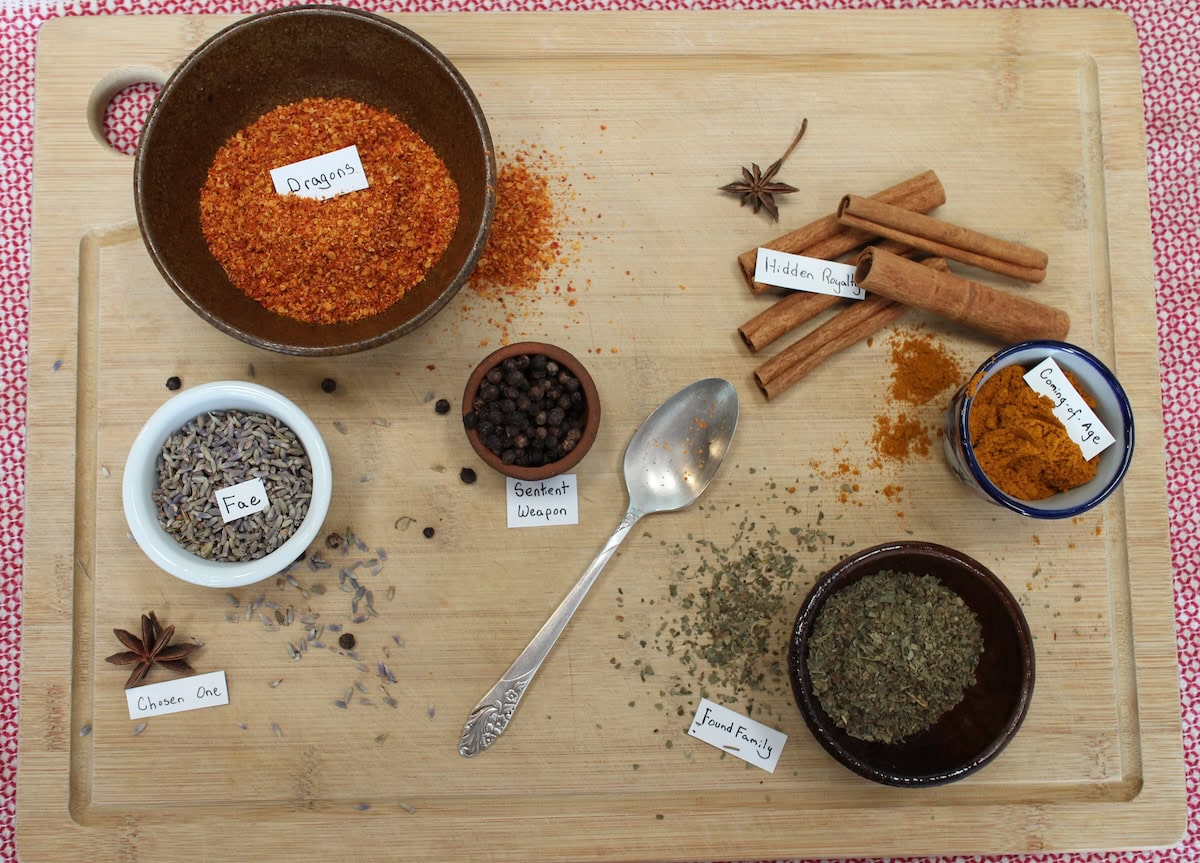
Food cravings and book cravings have a lot in common. But instead of dreaming of a tomato-basil grilled cheese sandwich, we fantasy fans might crave a “goblin coming-of-age” novel or a “chosen one story with lost magic,” or any other number of common story ingredients found in many different books. These repeated story elements are called tropes, or “fantasy tropes” when specific to the genre.
Just like ingredient filters in the world of online recipes, tropes can help us:
- Find books with ingredients we like
- Avoid story elements we hate
- Ask for recommendations from other book lovers
- Understand what the heck people in that book-lovers Facebook community are talking about when they ask for recommendations for a “fae enemies-to-lovers” or a “deadly competition with dragons.”
Not everyone looks for books through tropes, or cares about them on the same level. But, no matter where you land on the spectrum, tropes can be helpful.
For example, I don’t usually pick books based on whether they include a particular trope, but I’m easily sold on novels with found family and/or sentient weapons. (As I’m also a fantasy writer, it probably won’t be a big shock to discover that my first novel includes both these tropes.)
1. Dead or Absent Parents
Have you ever noticed the abundance of orphans in fantasy, especially young adult fantasy?
This common story ingredient is a favorite among YA authors because it makes it easy for the protagonist to go on solo adventures, forces them to make decisions on their own, and often puts them on a collision course with the villain (especially if the villain is the reason their parents died).
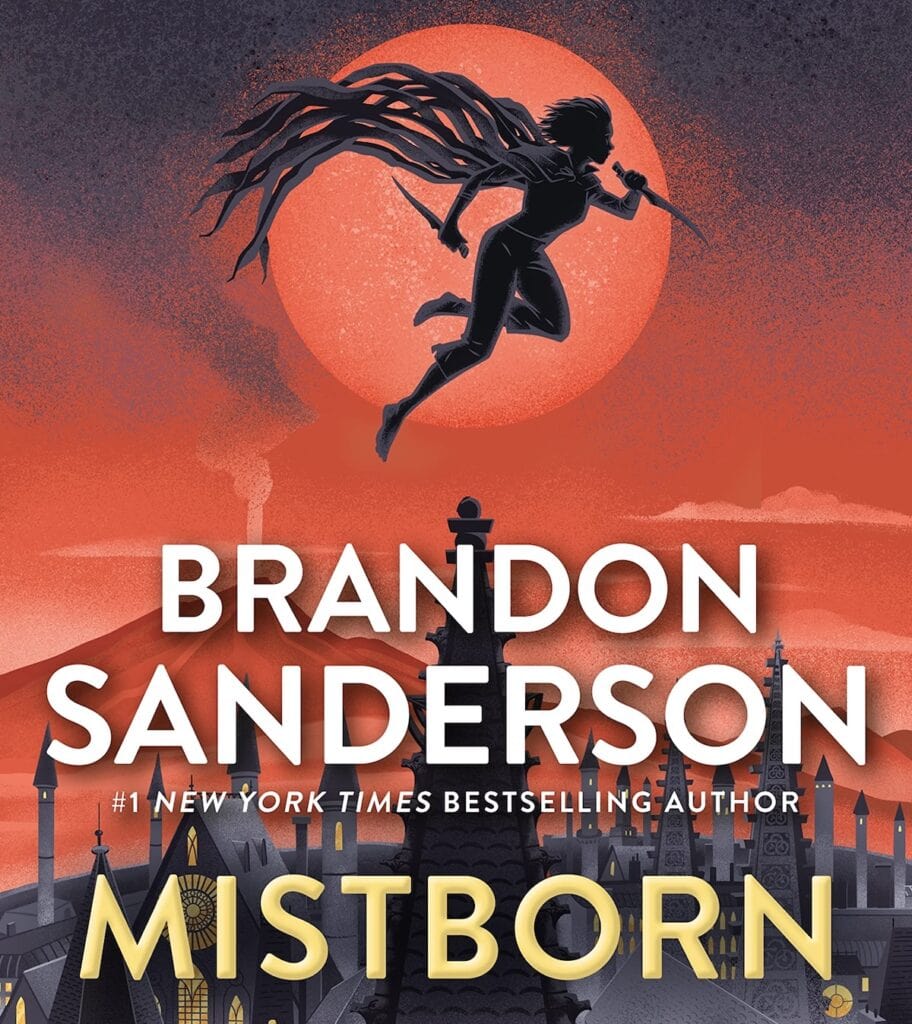
And of course, the grief and loss caused by being orphaned acts as an emotional crucible, deepening the character’s growth arc. Think Harry Potter, Vin from Mistborn, or Maia from The Goblin Emperor. When it’s done well, this trope helps shape the protagonist into someone with depth and strength. An overcomer.
Find a list of fantasy books I’ve read and enjoyed that use this trope (plus books that flip the trope on its head).
2. Chosen One
Sometimes our protagonists need an extra reason to go through the grinder of the plot and risk death facing an overpowered antagonist. Maybe they are the only ones who possess the needed skills or magical gifts to succeed. Or maybe it’s destiny. Or perhaps their lineage or blood puts them in a unique position to save the world.
Whatever the reason, these chosen ones have to rise to the occasion or leave the masses to a terrible fate.
Sometimes, the chosen ones are reluctant. They can’t believe it could be them. But usually, eventually, they become the hero. Sometimes the protagonist doesn’t discover that they are the chosen one until a crucial moment in the plot.
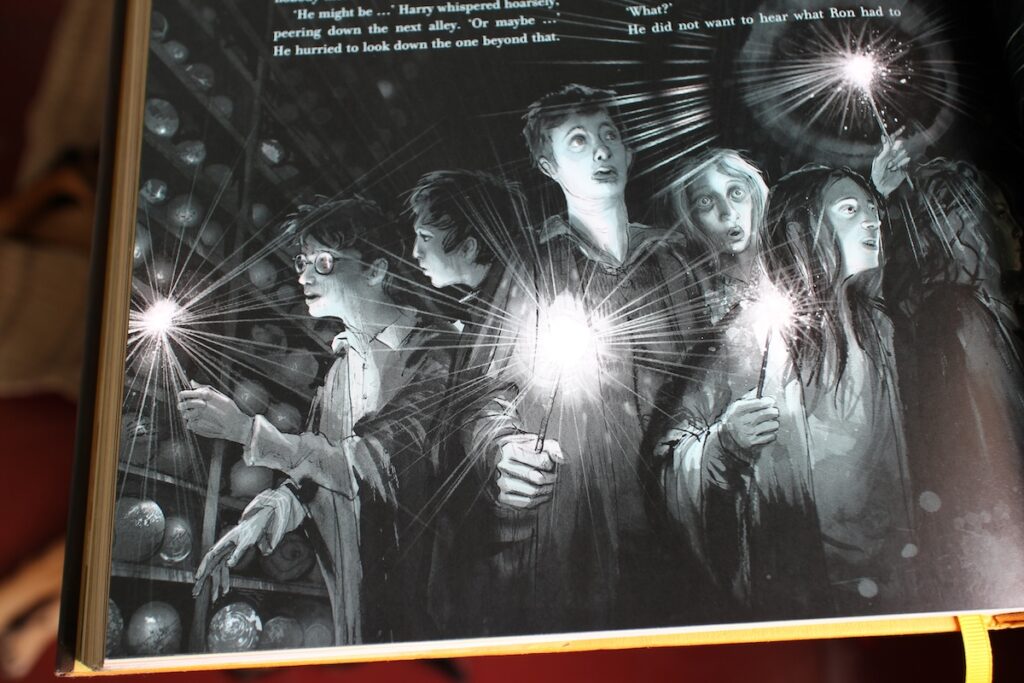
My favorite book series with this trope is Harry Potter. I know that’s not very original, but it has a special place in my heart.
3. Prophecy
Predictions and prophecies are great ways to foreshadow the conflict, misdirect readers (and other characters), and add interesting twists.
Prophecies, after all, don’t always turn out to mean what we think they mean. They might be self-fulfilling, manipulated for political ends, or something to fear. This trope often overlaps with the chosen one trope, but not always.
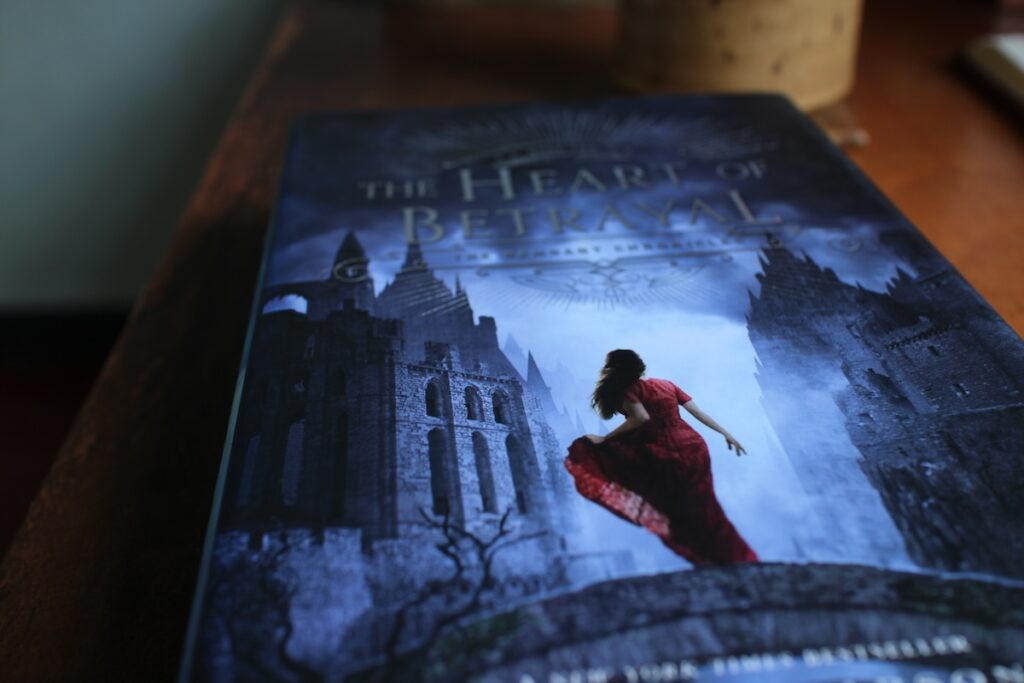
My favorite series with this trope is The Scholomance Trilogy by Naomi Novik. According to her prophetic great-grandma, El Higgins will become an evil witch who ‘brings death and destruction to the magical enclaves of the world’. She may be rude and have a bad attitude, but she’s trying very hard NOT to fulfill that particular prediction. Even though it would be oh so easy.
4. Sentient Weapon
This is a lesser-known trope, but it’s also one of my favorites. (I guess it could also fall under the ‘powerful artifact’ trope, but I think it’s distinct enough to warrant its own entry.) Sentient weapons are just so fun.
Take Nightblood, a sentient sword from Brandon Sanderson’s books (including Warbreaker and the Stormlight Archives) as a prime example.
It’s cheery, eager to help, often bored, can speak into people’s minds around it, and is utterly indiscriminate when it comes to interpreting its mandate to ‘destroy evil’. Any time it’s drawn, it turns into a force of mass destruction, puts its bearer at risk, and then suffers amnesia the moment it’s sheathed.
5. Sentient Building
Confession time, I’m a sucker for any kind of sentient object, buildings included. I love books about buildings with personalities of their own, from Howl’s Moving Castle striding around on chicken legs to the overly sensitive Hotel Deucalion in Nevermoor to the slightly grumpy cottage in Flippity Gilbert’s Cottage of Quirks.
Having to compliment a bedroom to ensure that the bed doesn’t turn into an uncomfortable affair made of planks overnight makes a great addition to a story.
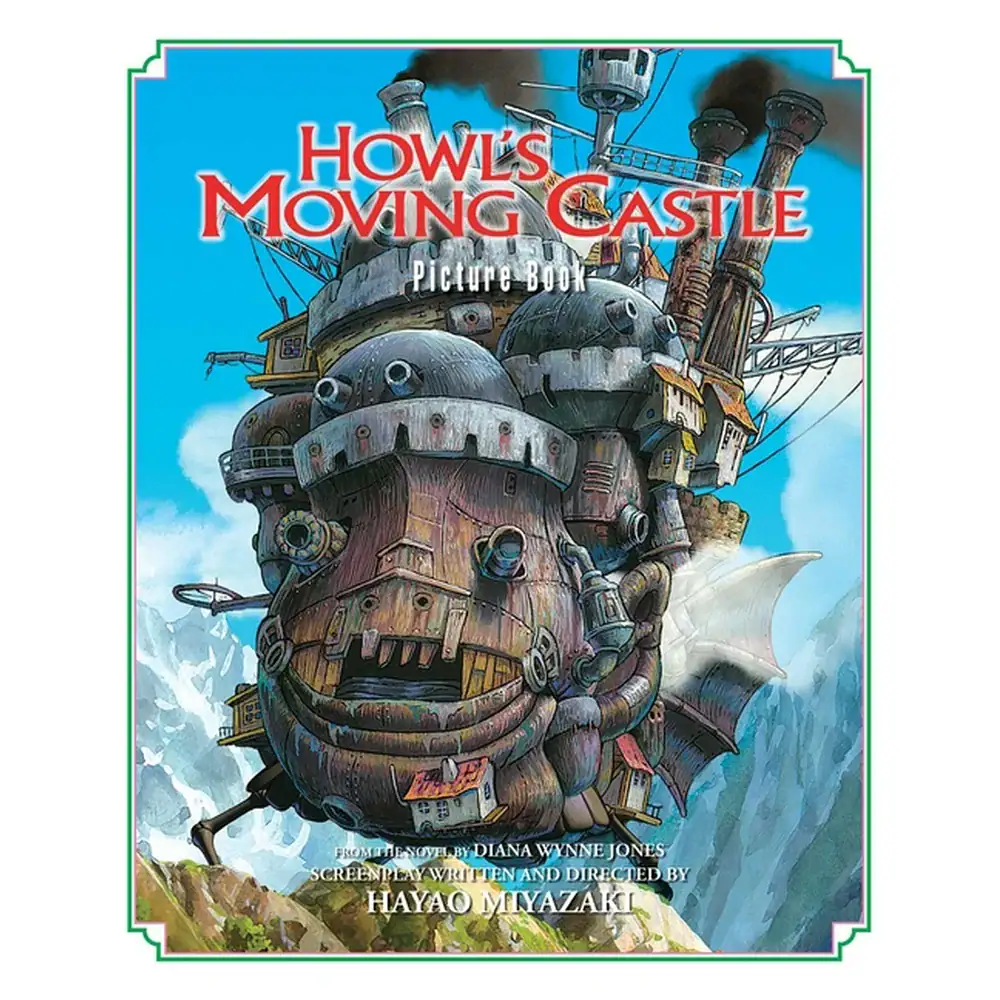
6. Lost Magic
Once upon a time, or long ago, there was magic in the world. But magic has diminished, its secrets lost, or perhaps it has been forbidden or eradicated for religious or political purposes. Whatever the case, our hero is usually on a quest to rediscover its secrets, wield magical power, or restore magic to its former strength.
In Elantris by Brandon Sanderson, a catastrophe brought the end of magic and a curse called the Shaod emerged at the same time. The curse makes it impossible for bodies to self-repair or to die, resulting in a slow, painful descent into insanity. Can magic be fixed and the curse lifted?
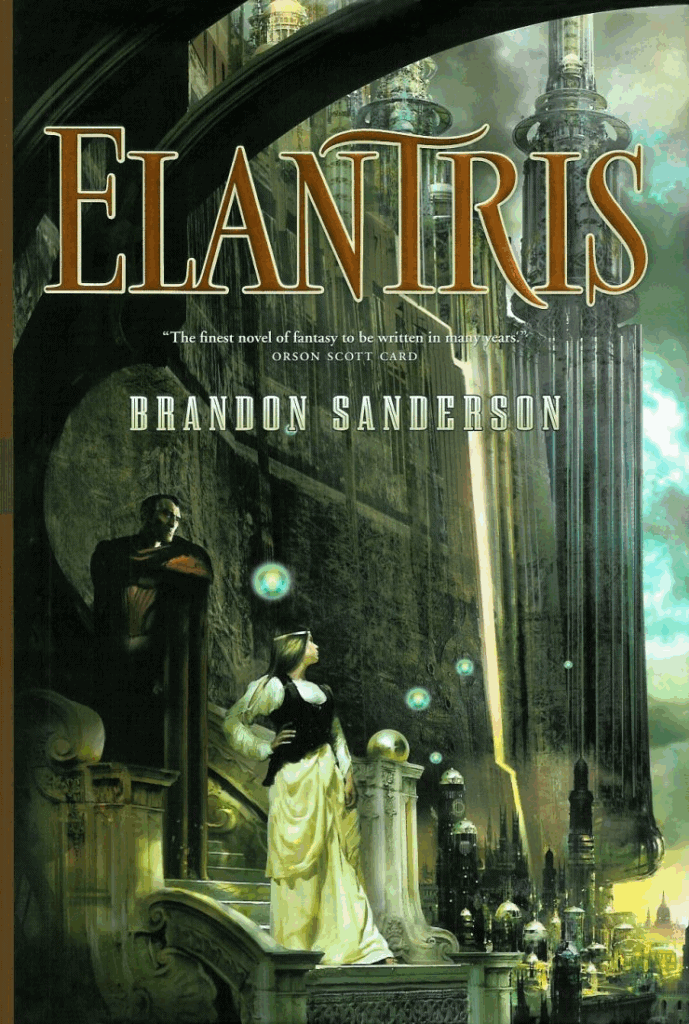
7. Sentient Magic
What if the magic itself was not only a force to be used but a being that can think for itself? It is not so much a tool as an intelligence.
The best example I can think of is the magic forest of Cabeswater in Maggie Stiefvater’s The Raven Cycle series. The forest can communicate, respond to characters’ actions, requests, and emotions, and choose its allies.
8. Powerful Artifact
The fantasy genre is packed with powerful artifacts that give characters special abilities. Often, they are dangerous, or dangerous in the wrong hands. The One Ring in The Lord of the Rings is the most iconic powerful artifact in the genre.
Other books with powerful artifacts include Philip Pullman’s His Dark Materials series with the Subtle Knife that can, on one edge, cut through almost any material, and on the other, open portals to other worlds.
The Deathly Hallows in the Harry Potter series are another great example. Each object possesses unique and powerful abilities which, when held by a single person, are alleged to make that person the master of death.
9. Coming-of-Age
I love dramatic transformations, and few are as dramatic as the classic coming-of-age story. We get to join characters on their journey from being immature and naive teens/pre-teens to mature, self-aware individuals capable of making hard, self-sacrificing choices.
These adolescent protagonists grapple with identity, belonging, and the growing pains of being thrust out into the wider world. We can all relate, no?
One of the most memorable coming-of-age stories I’ve read is Malta Vesprit’s transformation in Robin Hobb’s The Liveship Traders adult fantasy series. It is so well done. She’s the most aggravating, selfish pre-teen I’ve encountered in a book. Seriously, I think I gnashed my teeth at her on multiple occasions. But by the end, she’s an entirely different and much more likable person.
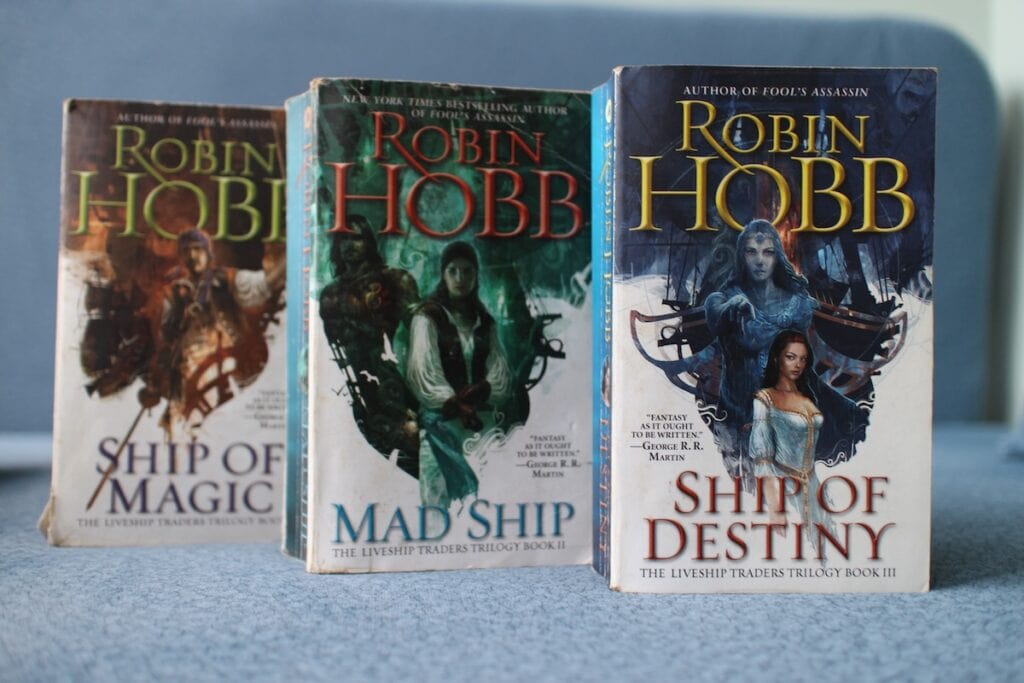
10. Found Family
Found family is the longing of the lonely, the disconnected, the emotional orphans. It is the hope, held dear, that somewhere in the world we can find “our people.” People who see us deeply, and let us see them deeply, and who choose us, choose to be like family even though they don’t share our blood.
Found family is a beautiful thing, a restorative thing. It speaks to the healing power of friendship and of bonds deeper than blood.
I suppose I love this trope so much because I grew up between three cultures, far from extended family. My great-grandpa, grandpa, dad, and I were all born in different countries. We don’t have the same rootedness that others do who have lived in the same area for generations. And I think that lack of rootedness, the migratory way we approach the world, can lead to disconnection from each other.
All this to say, there are so many great books with found family! A few I love include The Raven Boys by Maggie Stiefvater (young adult) and Nevermoor: The Trials of Morrigan Crow by Jessica Townsend (middle grade).
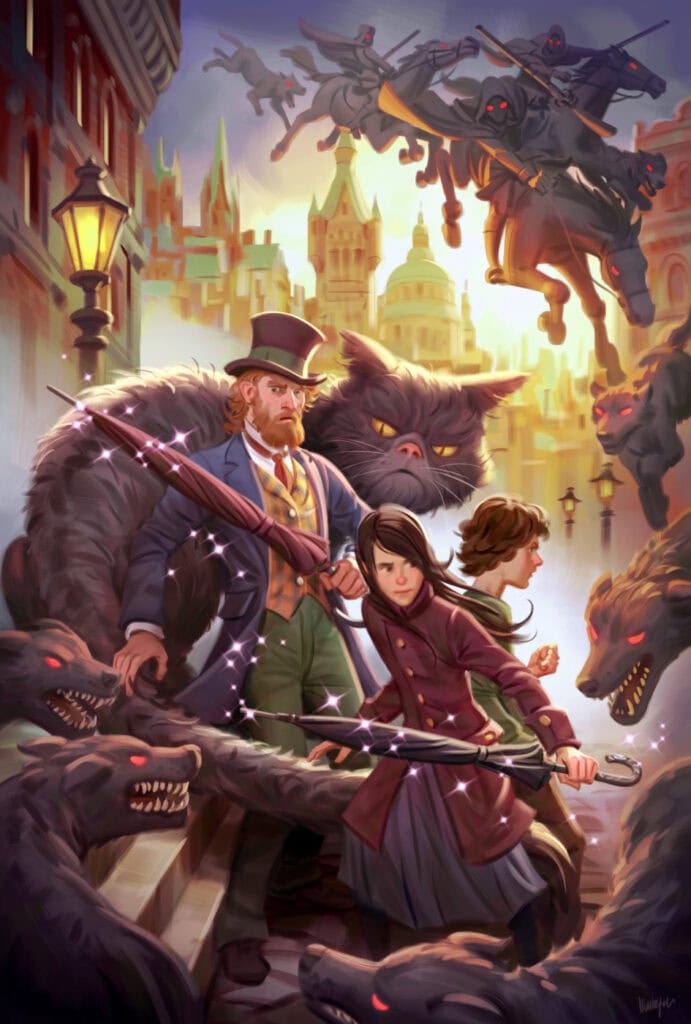
11. Hidden Royalty
We’re hanging out with our ordinary, everyday hero when wham!, we discover that they’re a long-lost prince or princess. Who could have guessed?
This trope often overlaps with the dead/missing parent trope, because what better way to set this up than to have our protagonist grow up in a shabby institution, with no idea who they really are. Though there are usually a few mysterious clues…
I decided not to include book recommendations for this one because it’d be an automatic spoiler.
12. Ancient Races
Although this trope overlaps with the lost magic trope, the magic was tied to a race of ancient and powerful beings who have faded, disappeared, or inhabit a hidden pocket of the world. The elves and Numenoreans were powerful in the ancient days of Tolkien’s Middle-Earth.
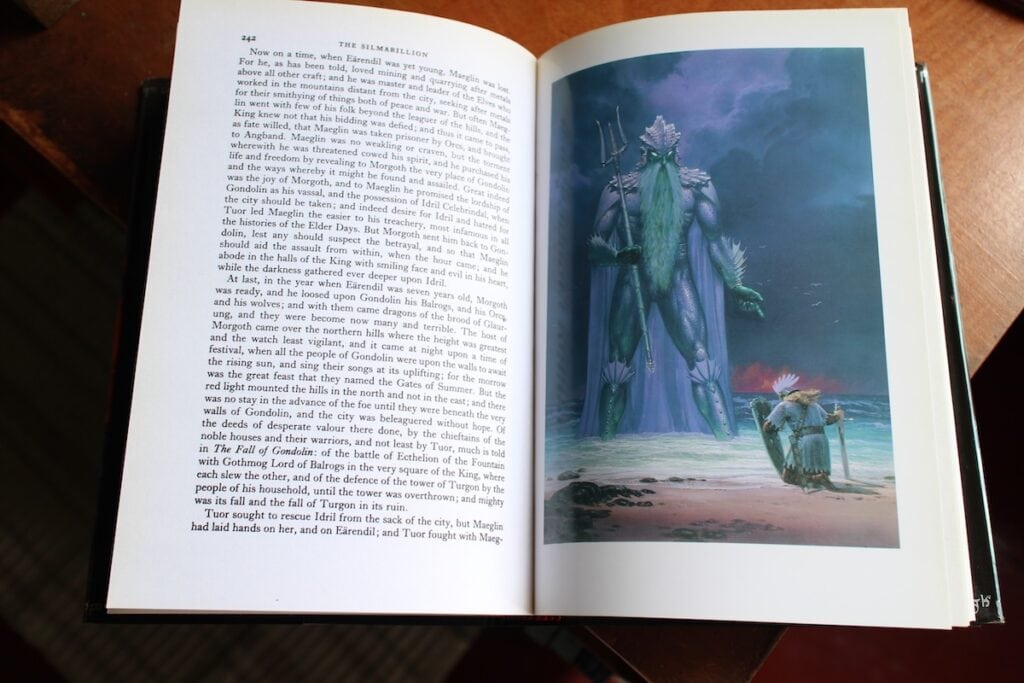
The knowledge and secrets of the Knights Radiant in Sanderson’s Stormlight Archives have not only been lost, but are reviled as traitors and mythic deserters.
13. Fae
Books about fae, fairies, and fair folk are quite popular among certain fantasy fans. Something about these incredibly beautiful and aloof non-human creatures captures the imagination, with their glamorous, strict rules, otherworldly realms, immortality, and penchant for cruelty, amorality, and capriciousness.
An Enchantment of Ravens by Margaret Rogerson is about an artist who gets into trouble for adding human emotions to her portraits of fae clients, making them feel. Hint: She may fall in love along the way.
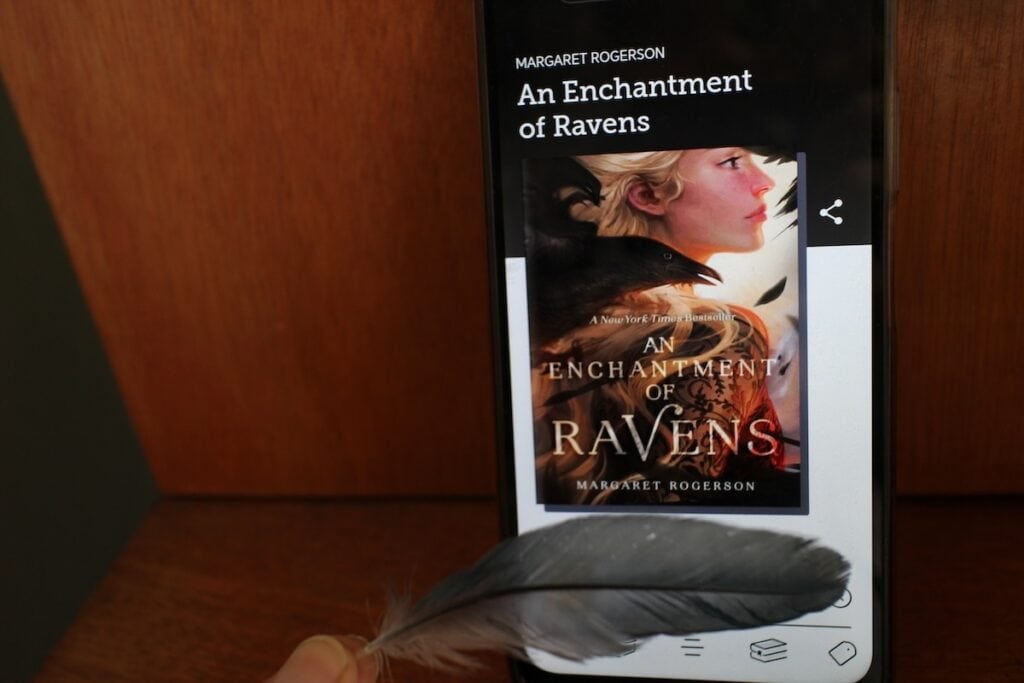
14. Non-Human Characters
Fantasy books can be exclusively about non-human characters, as in The Goblin Emperor or they can include a mix of races, as in The Lord of the Rings.
Tolkien’s world includes all manner of non-human races, including elves, dwarves, orcs, hobbits, and ents. Fae fall under this category, but many books about fae have a very specific vibe, which is why I separated them.
When done well, non-human characters can offer us a refreshing look into a different culture and way of life. I like how Brandon Sanderson handles non-human races in his Stormlight Archives series, giving the Parshendi a different physiology, culture, values, and traditions.
15. Dragons
Ah dragons. Leathery wings and fire. If you love reading about these mythic beasts, you’re in good company. “I desired dragons with a profound desire,” J.R.R. Tolkien wrote in his Essay on Faerie Stories. “… the world that contained even the imagination of Fafnir was richer and more beautiful, at whatever cost of peril.”
No wonder that he went on to write The Hobbit, with Smaug breathing fire and death.
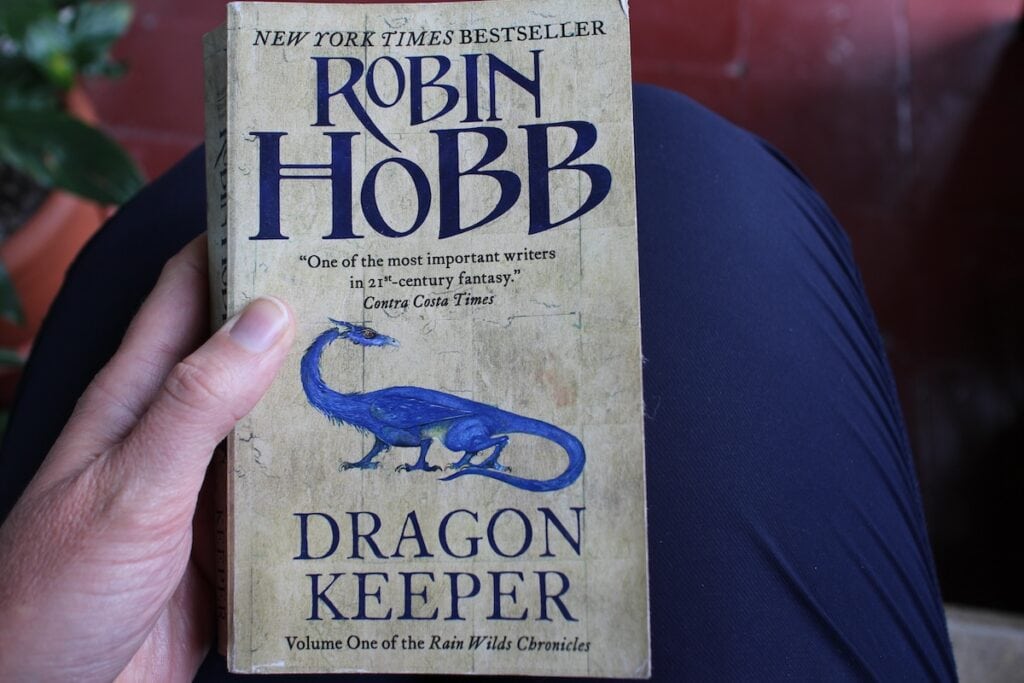
There are many different kinds of dragons. They may be ancient and knowledgeable, destructive, shapeshifting, comedic, or bonded to human riders. And there are books for each of these variations.
The Rain Wild Chronicles by Robin Hobb offers a unique take on dragons and their influence on humans. And while I wasn’t a fan of the lust-fueled ‘romance’ of Fourth Wing, I did like the dragons.
16. Mythical Creatures
Of course, dragons aren’t the only mythical beings you can find in fantasy books. If you love a particular magical beast or being, you can search for books that include it. These can include phoenixes, unicorns, sphinxes, house elves, and more.
The Hobbit includes multiple magical creatures, including enormous spiders, talking eagles, and wargs (evil wolves). The Harry Potter series includes house elves, werewolves, unicorns, sphinxes, phoenixes, and more.
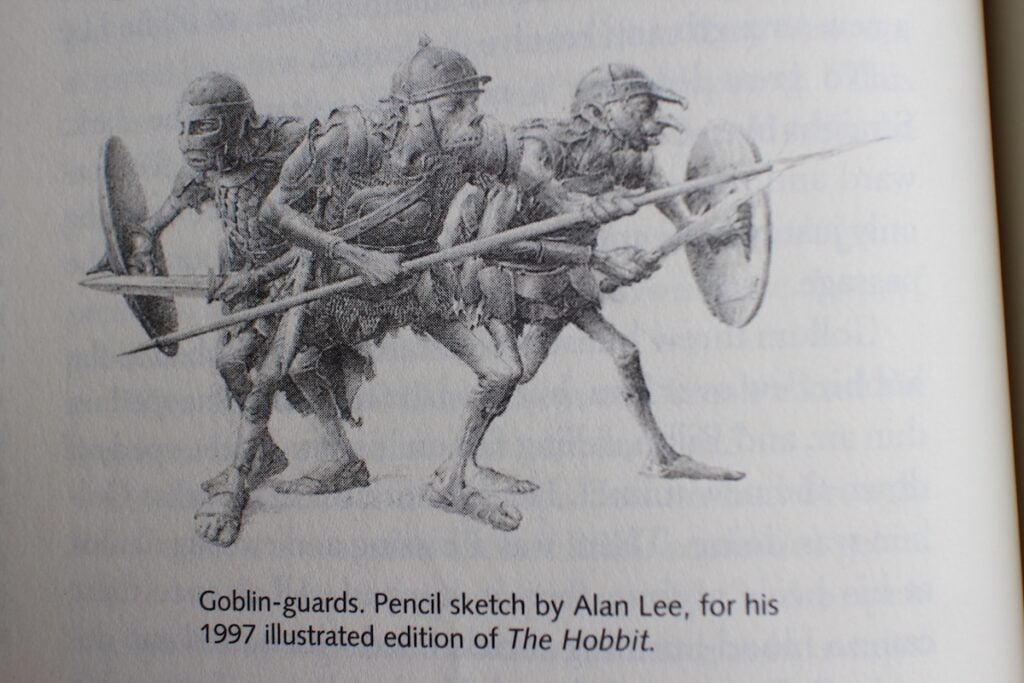
17. Competition
Although not exclusive to fantasy, the competition trope guarantees high stakes and conflict with a clear end game, whether its warriors competing to become the king’s champion as in Throne of Glass, students competing for the chance to become apprentices as in Accidental Apprentice by Amanda Foody or a fight to the death to see who will gain the throne as in Three Dark Crowns.
Books with the competition trope can be lots of fun, with their Gamelit vibe, clear progression, and prizes to be won.
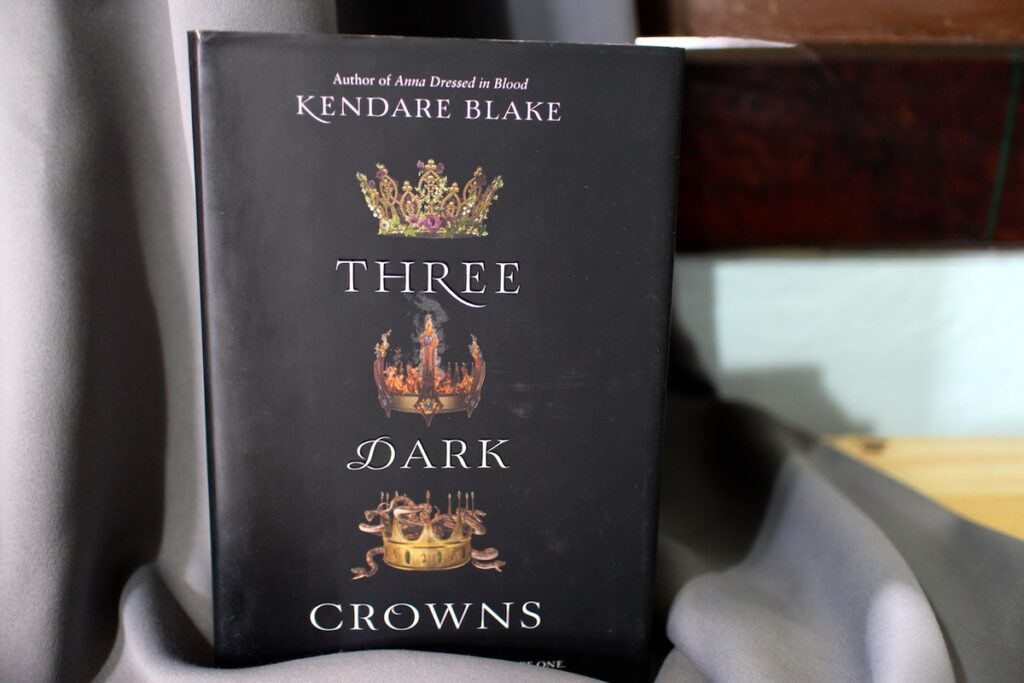
18. Magical Library
What could be more alluring to a book lover than a magical library? Strange things happen when books are packed into one place, especially if the books are magic themselves.
In Sorcery of Thorns by Margaret Rogerson, Elisabeth works in a library filled with sentient grimoires that can whisper insults, bite librarians, and sometimes explode. The library in the Scholomance series by Naomi Novik has long, creepy corridors that expand and contract depending on how much or little you want to get where you’re going. Lights that dim, and books that appear and disappear off the shelves at will.
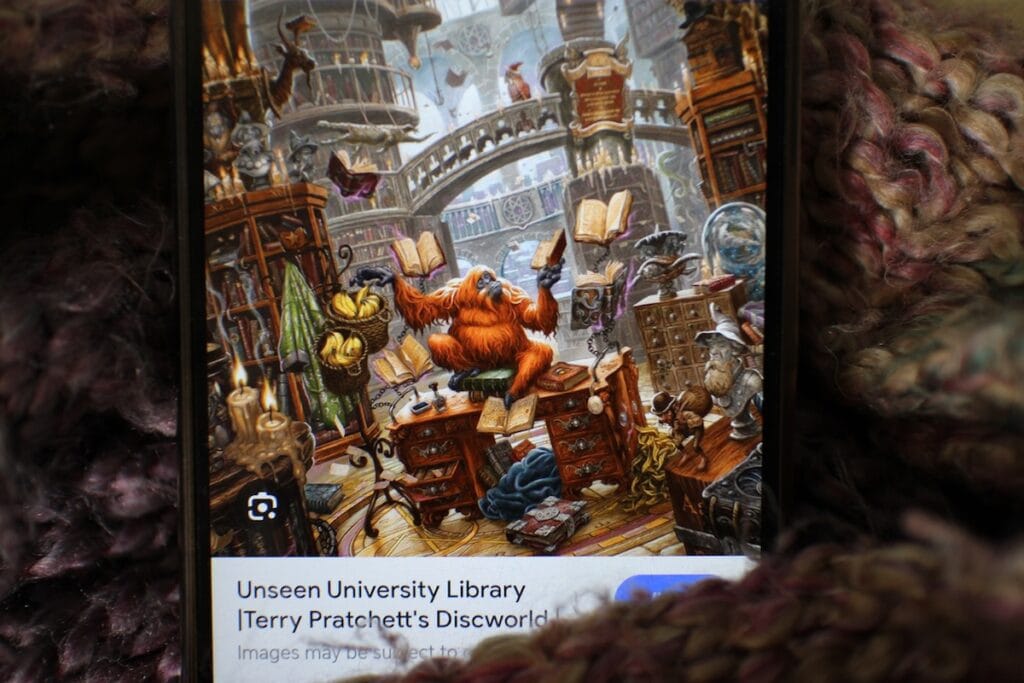
The Unseen University in Pratchett’s Discworld series warps space and time, while the protagonist in Genevieve Cogman’s The Invisible Library collects rare books for a magic interdimensional library.
19. Fated Mates
If you read fae or paranormal fantasy books, you may encounter the fated mates trope. Typically, the romantic pairings are drawn to each other because of something mystical, a smell, a special mark, or something else. They are destined to be together, even if they break the bond, and if they do reject it, the consequences can be severe.
I haven’t read a lot of books with this trope beyond the Throne of Glass series by Sarah J. Maas.
Romance Tropes Found in Fantasy
These romance tropes appear in the romance subplots in fantasy books and also feature heavily in romantasy books. So, if you care about how the romance goes down, familiarizing yourself with these tropes can be a great move.
20. Enemies to Lovers
The name says it all. The book begins with two people actively hating each other, but over time, their hate evolves into attraction, connection, and love. One of my favorite series with this trope is the Queen’s Thief series by Megan Whalen Turner. I also enjoyed The Wrath and the Dawn by Renée Ahdieh. Sharzhad plans to murder the king, but… I’ll let you guess what happens. (Wink.)
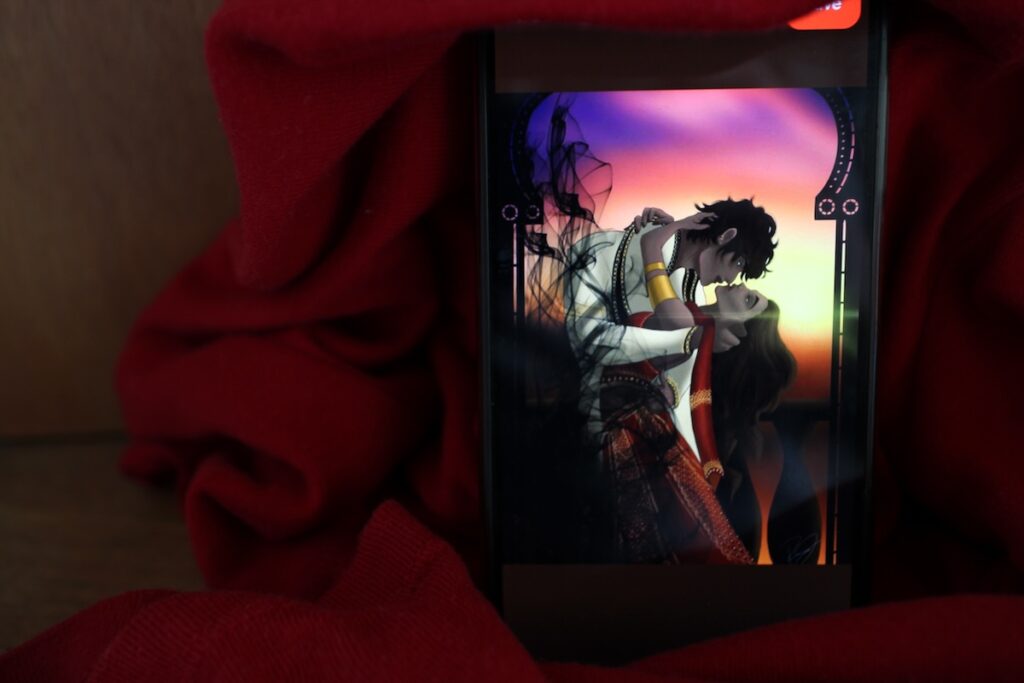
21. Rivals to Lovers
Although this romance trope might include some antipathy, it is centered around competition and, often, mutual respect (however begrudging). What makes this trope fun is that it usually centers around snarky dialogue, mutual irritation, and a slow build-up to the romance.
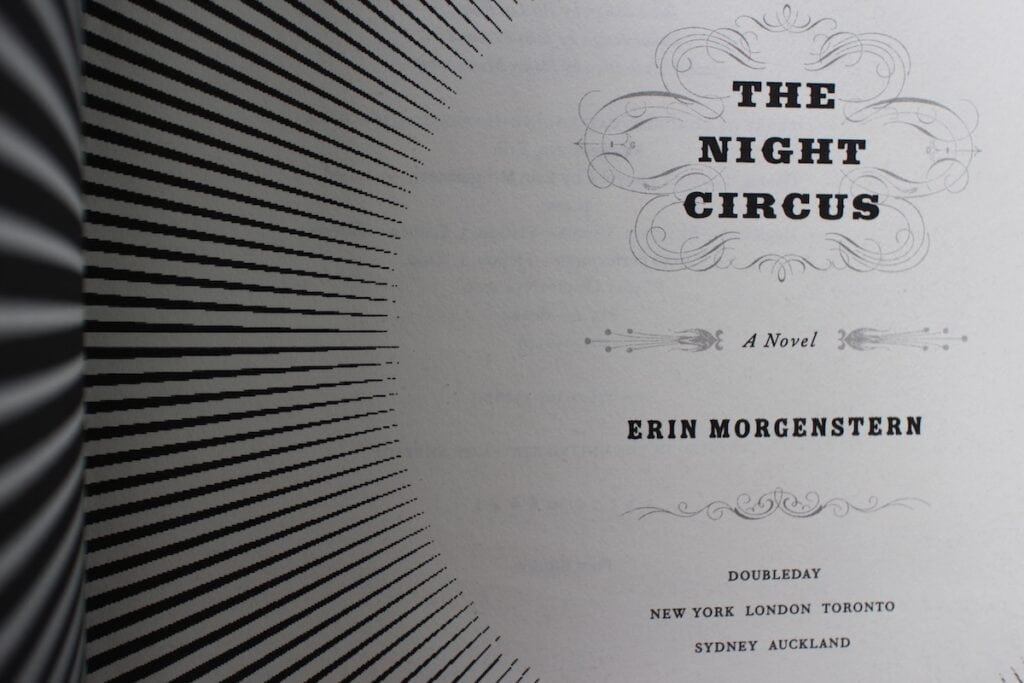
A Deadly Education by Naomi Novik is a great example. It pits loner and pre-ordained evil sorceress Galadriel against Orion, beloved hero monster slayer.
22. Friends to Lovers
You know, those childhood friends who grew up doing everything together but don’t realize they’re in love until much later. Or maybe one of them has harbored secret romantic feelings for ages but hasn’t wanted to ruin the friendship.
The Shadow and Bone series by Leigh Bardugo features a friends-to-lovers romance. I won’t say more because: spoilers.
23. Forced Proximity
Nothing says love like escaping a slave caravan and having to trek across a desert while chained together (as in Dance of Thieves by Mary E. Pearson). Or being magically bound to another person and forced to swap bodies at the end of every day (as in Yumi and the Nightmare Painter by Brandon Sanderson).

Whatever the reason, these guys and gals are forced to hang out together whether they like it or not, and however their journey starts, they begin to see other sides to the person they’re stuck with. Attractive sides. Unexpected kindness. You get the picture.
24. Instant Love
Love at first sight. This kind of romance is often fast, passionate, impulsive, and driven by chemistry or lust. And yeah, I’m not a fan.
In fact, this trope annoys me so much that I will happily rant for fifteen minutes about books that include it. Part of the reason I don’t like it is because, once the steamy sex is over, the characters realize they don’t even know each other. Shocker. No reader ever saw that coming.
25. Slow Burn
Unlike insta-love, slow-burn romances develop over a longer period. I like slow burns because they feel more realistic, characters converse, get to know each other, and are vulnerable (what a novel concept), and the emotions and tensions between them are typically more complex and nuanced. The payoff, when it comes, is oh so sweet.
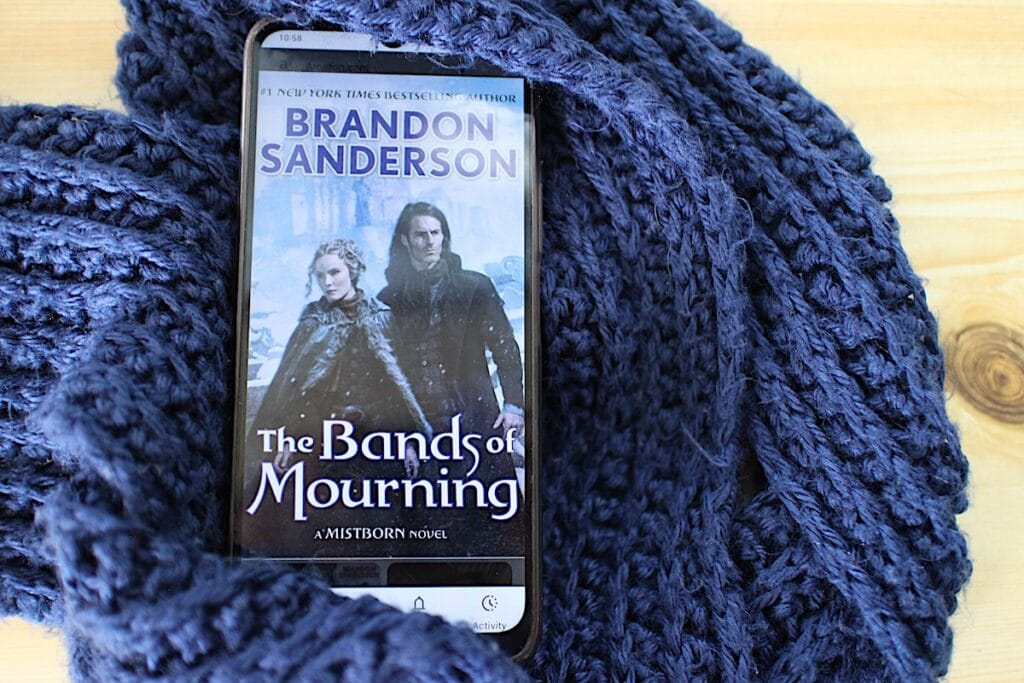
Brandon Sanderson does a masterful job with an awkward-to-sincere romance in his Wax and Wayne series. It’s seriously great. Another I loved is the slow burn relationship in The Raven Cycle series by Maggie Stiefvater. Although I don’t love everything in those books, the character development and emotionality are stellar.
26. Grouchy Curmudgeon and Bubbly Optimistic
Also known as the grouch x sunshine trope, this romance sets a grump with a bubbling optimist. It often leads to hilarious banter. For some reason, I really like reading about grumpy characters in fiction. Maybe they’re refreshing. And they usually have soft hearts underneath all the bristles and rudeness.
Books I enjoyed with this trope include Uprooted by Naomi Novik (the initial conflicts between Agnieszka and the Dragon made me laugh out loud).
Another fun one is Sorcery of Thorns by Margaret Rogerson. Nathaniel Thorn is a brooding, grumpy sorcerer, while Elisabeth is an earnest, passionate, and optimistic character. Naomi Novik’s The Scholomance Trilogy definitely qualifies for this trope too, except Galadriel is the grouch and Orion is the optimist.
27. Mistaken Identities
In a romance subplot, the mistaken identity trope is when one or more of the leads are pretending to be someone they’re not. They might start off lying because they were ordered to do so and have good intentions, or they might be on an undercover mission.
Or maybe they’re secretly royal and would rather not say so.

Book of a Thousand Days by Shannon Hale and Dance of Thieves by Mary E. Pearson both feature this trope, creating tension and suspense.
Where to Go From Here
If you like this ingredient-style approach to novels, you might also enjoy searching for books via subgenres. Think of them as sub-categories or tags that help us describe and discover the vast delights of the fantasy genre, with all of its myriad flavors, from the horse-clopping high-mannered of gaslamp fantasy to the heists, robbers, and con men of roguish fantasy.
Fantasy tropes offer us additional ways of finding our next favorite read, but they aren’t the only way. So if this approach doesn’t work for you, or if you see tropes as breaking down a gourmet meal into its mundane ingredients, don’t sweat it! There are other great ways to find your next favorite read.
I like using fantasy book tropes and subgenres to search for different styles of books or books with specific elements, but ultimately, the plot, character development, and writing style are the most important things to me.
Do you love or hate tropes, think they’re overdone, or crave more books with these familiar ingredients? Hop into my Facebook group and let me know!
Or, if you’re looking for a curated list of book suggestions, sign up to get your passport to 5 magical young adult fantasy realms by signing up below:
